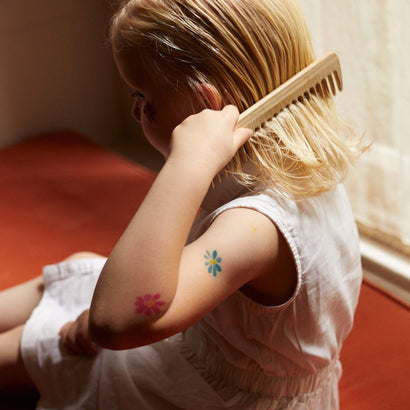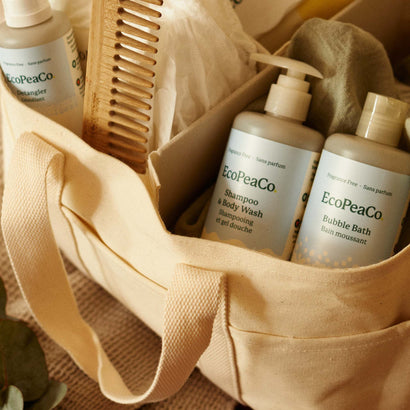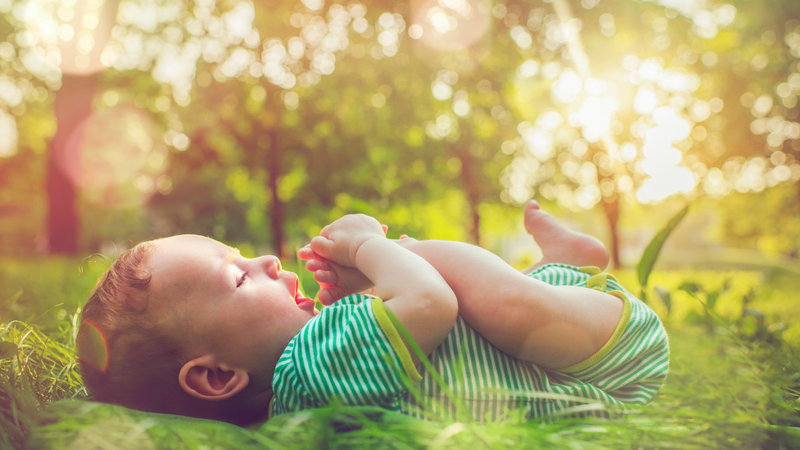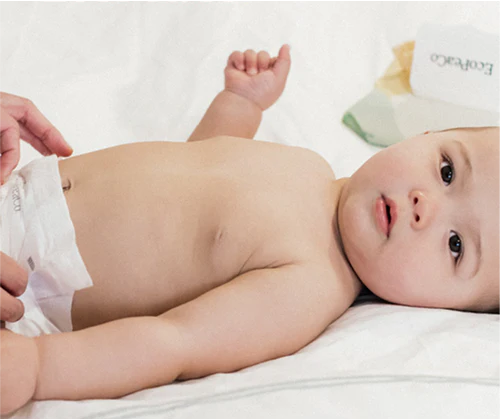How to Choose Between Diapers and Pull-Ups
If you're a parent trying to figure out the difference between pull-ups and diapers, you're not alone.
The truth is, both have their place in your parenting toolkit, and the right choice depends on where your child is in their development and what your daily routine looks like.
Diapers have been the go-to for newborns and infants for decades. They're designed with tabs on the sides, making them easy to change when your baby is lying down.
On the other hand, pull-ups, or training diapers, look more like underwear and slide on and off, which can be especially helpful when your toddler starts potty training.
The pull-ups vs. diaper debate really comes down to your child's stage of development and what works for your family. Some parents stick with diapers longer because they're more absorbent for overnight use. Others switch to pull-ups earlier to encourage independence.
Whatever you choose, knowing the differences between pull-ups and diapers can help you make the right decision for your baby.
Are Pull-Ups as Good as Diapers?
Choosing between pull-ups and diapers can feel tricky. Each has its advantages, and knowing the differences can make the decision easier. Here’s what you should know:
Absorbency
Traditional diapers typically offer better absorbency, especially for younger babies who aren't yet showing signs of potty readiness. They're built to handle heavier wetting and longer stretches between changes, which is why most parents rely on them during the newborn and infant stages.
Pull-ups are designed to support potty training rather than replace diapers entirely.
Fit and Comfort
When it comes to diapers vs pull-ups, each has its advantages. Diapers with adjustable tabs let you customize the fit around your baby's waist and legs, which can help prevent leaks.
Pull-ups have an elastic waistband that's easier for toddlers to pull up and down on their own, giving them a sense of independence.
Overnight Use
Most parents find that diapers work better for nighttime. They're specifically designed to hold more liquid over longer periods, so your child can sleep through the night without waking up wet.
Pull-ups can work for nighttime if your toddler is already staying dry for several hours or if you're using them as a transitional step toward nighttime underwear. Just know that they might not hold up as well during a full night's sleep compared to a high-quality diaper.
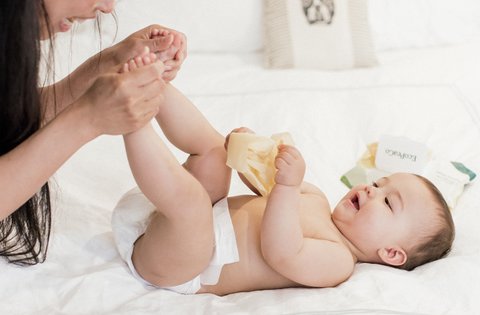
When should I swap diapers for pull-ups?
The right time to make the switch is when your child begins showing signs that they're ready to begin potty training. These signs might include:
- Staying dry for longer periods
- Showing interest in the bathroom
- Telling you when they need to go
- Wanting to wear "big kid" underwear
These cues mean your toddler is becoming more aware of their body and might be ready to start practicing using the potty.
Age and development milestones vary from child to child, but most kids show readiness somewhere between 18 months and 3 years old. However, some might take a little longer, and that's completely normal. Ultimately, you want to watch your child's behavior rather than following a strict timeline.
Key differences between diapers and pull-ups
Understanding the key differences between pull-ups and diapers can help you make the right choice for your family. The main differences are:
Design and functionality
The biggest difference is how they go on and off. Diapers have tabs on the sides that you fasten around your baby's waist, so you need to lay your child down to change them.
Pull-ups have elastic waistbands and leg openings, just like regular underwear, so your toddler can step into them and pull them up while standing.
Ease of use for potty training
Pull-ups are designed to help with potty training because your child can take them off quickly when they need to use the toilet.
They can also practice the motions of pulling down and pulling up, which builds the independence they'll need when they're fully potty trained. Diapers don't offer this same hands-on learning opportunity.
Cost
Pull-ups are generally more expensive per unit than diapers. You're paying for the convenience and the underwear-like design. That said, investing in a training diaper box can sometimes offer better value than buying smaller packs.
Pros and cons of diapers vs pull-ups
Both diapers and pull-ups have benefits and drawbacks depending on your situation.
The pros of diapers include:
- Better absorbency: Diapers are ideal for maximum absorbency, which makes them perfect for newborns, infants, and overnight use. Bamboo diapers can be especially gentle on sensitive skin while still providing excellent leak protection.
- Customizable fit: They offer a more adjustable fit with side tabs that you can tighten or loosen around your baby's waist and legs, which helps prevent leaks.
- More affordable: Diapers are usually more budget-friendly per unit compared to pull-ups, so they're easier on your wallet for everyday use.
The cons of diapers include:
- Requires lying down: Your child needs to lie down for changes, which can be a hassle once they're mobile and squirmy.
- Less independence: Diapers don't give toddlers the chance to practice pulling them up and down on their own, which can delay the potty training process.
The pros of pull-ups include:
- Builds independence: Pull-ups let your toddler practice the physical motions of using the bathroom on their own, giving them confidence and autonomy. They can pull them up and down just like regular underwear.
- Easier for potty training: They make it simple for kids to quickly remove them when they need to use the toilet, which supports the potty training journey.
- More convenient on the go: You don't need to find a changing table when you're out and about, since your child can stand up for changes.
The cons of pull-ups include:
- Lower absorbency: Pull-ups don't absorb as much as diapers, so they might not hold up well overnight or during long stretches between changes.
- Higher cost: They're generally more expensive per unit than diapers, which can add up over time.
Eco-friendly options for diapers and pull-ups
More parents are looking for sustainable diaper and training pants options that are safer for their babies and better for the planet.
Many conventional diapers and pull-ups contain chemicals, fragrances, and synthetics that may lead to irritation or rashes. Eco-friendly options use gentler ingredients like bamboo, plant-based fibers, and chlorine-free materials that are safer for your baby's delicate skin.
Plant-based and biodegradable options perform just as well as conventional brands when it comes to absorbency and leak protection. They break down faster in landfills and are made without harsh chemicals, so you're not sacrificing quality for sustainability.
Our products deliver the absorbency and fit parents need while staying true to values that matter, giving you peace of mind that you're doing right by your child and the planet.
Choosing what works best for your child
The main difference between pull-ups and diapers comes down to design, absorbency, and purpose. Diapers work best for younger babies and overnight protection, while pull-ups support potty training by giving toddlers more independence.
Every child's journey is different, and there's no wrong answer. Trust your instincts and pay attention to what your child is telling you through their behavior.
Whether you're sticking with diapers for now or ready to try pull-ups, EcoPea Co. offers options that work for every stage. Check out our full range to find what's right for your family.






